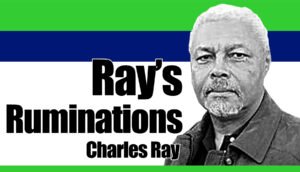• DR. RICARDO PATRICIO
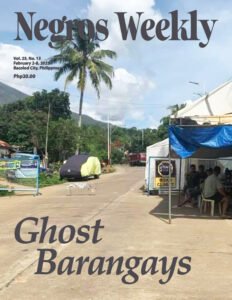
The writer, an agriculturist and economist, was former director for planning and development at Central Philippine University in Iloilo City. He contributed to food security in Southeast Asia through his roles in research, policy-making, and consultancy.
Dr. Patricio also served as interim president of Colegio de La Castellana, guiding the institution through strategic growth and development. He is a resident of Barangay Robles in La Castellana.
***
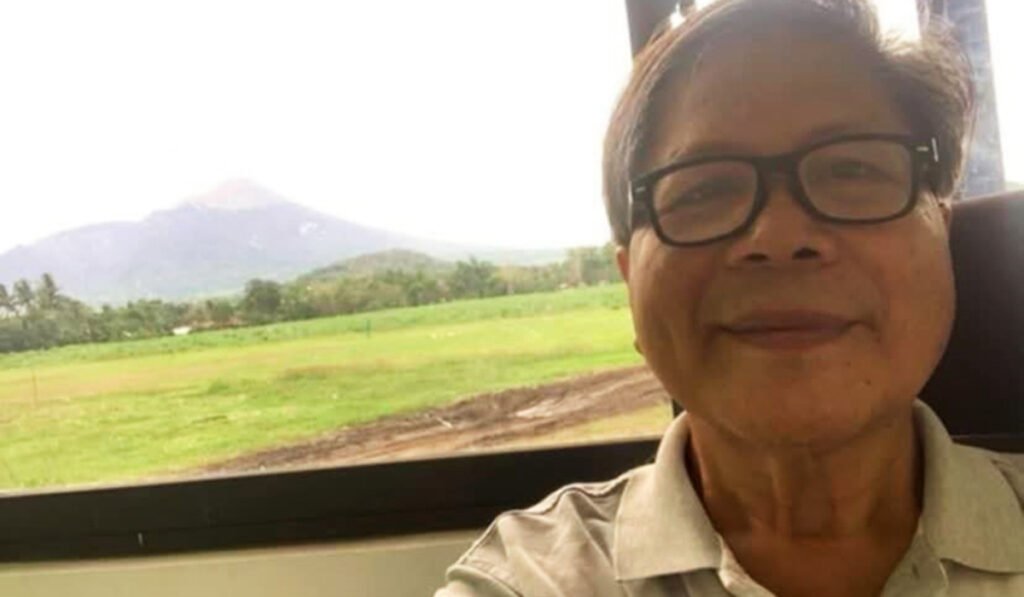
For the first time since the second major eruption of Kanlaon Volcano on Dec. 9, 2024, I traveled through Barangay Mansalanao and Barangay Cabagna-an en route to a Feb. 4 meeting in Barangay Cabacungan. The two barangays, along with three other La Castellana villages – Masulog, Biaknabato and Sag-ang – are covered by the 6-km. Permanent Danger Zone declared by PHIVOLCS.
Normally, the route from La Castellana to Canlaon City is off-limits to vehicles, so I usually take the longer path – through Moises Padilla.
That day, however, I requested a special concession from the PNP officers manning the checkpoint, allowing me to travel both ways to and from my destination.
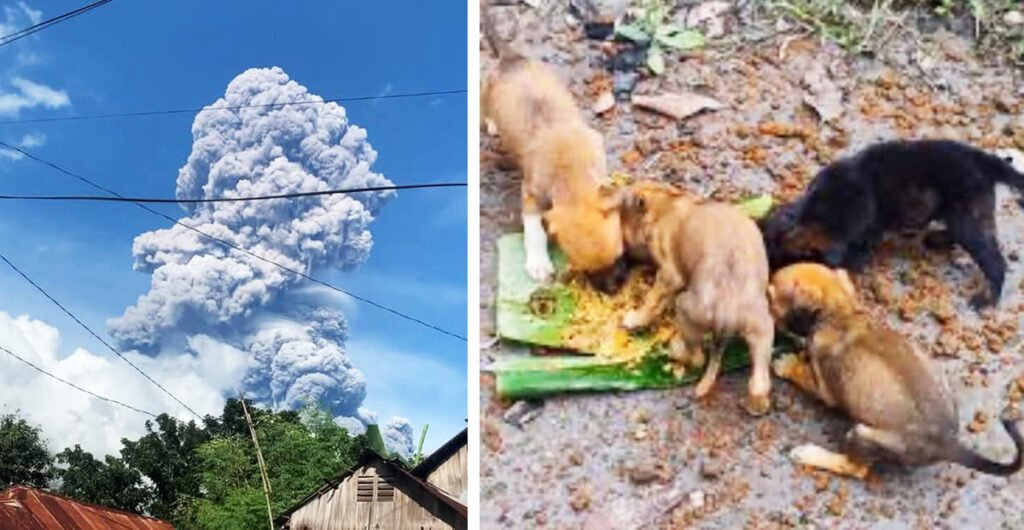
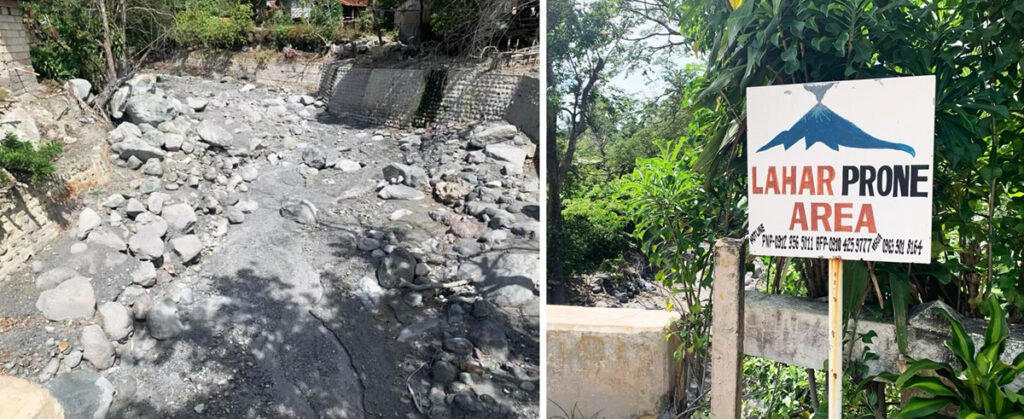
As I passed through Barangays BiaknaBato, Cabagna-an and Mansalanao, which are located at the door of Mt. Kanlaon, I witnessed firsthand the stark reality left behind by nature’s wrath.
The roadside was eerily deserted, devoid of the usual bustle of daily life. In both directions, during my 80-minute drive, my vehicle was the only one on the road – except for two lone motorbikes.
The journey deepened my realization of how devastating a volcanic eruption can be. Houses – expensive to build and maintain – now stand abandoned, agricultural lands lie unattended and businesses are at a standstill.
Even the livestock – large and small ruminants – had to be evacuated. Yet, some dogs were left behind to guard their owners’ homes, keeping watch alongside the barangay tanods, who continue to patrol the empty neighborhoods day and night.
When I stopped to take photos, a few of these dogs approached me, clearly expecting to be fed. I later learned that personnel from the MDRRMC and some volunteers routinely come to provide them with food, a small act of kindness amid the desolation.
The ghost barangays are haunting – frozen in time by nature’s fury. Without human presence, the silence is almost unbearable. The only sounds that break it are the whispering wind, the rustling of fallen ash, and the distant calls of animals searching for their owners, I suppose.
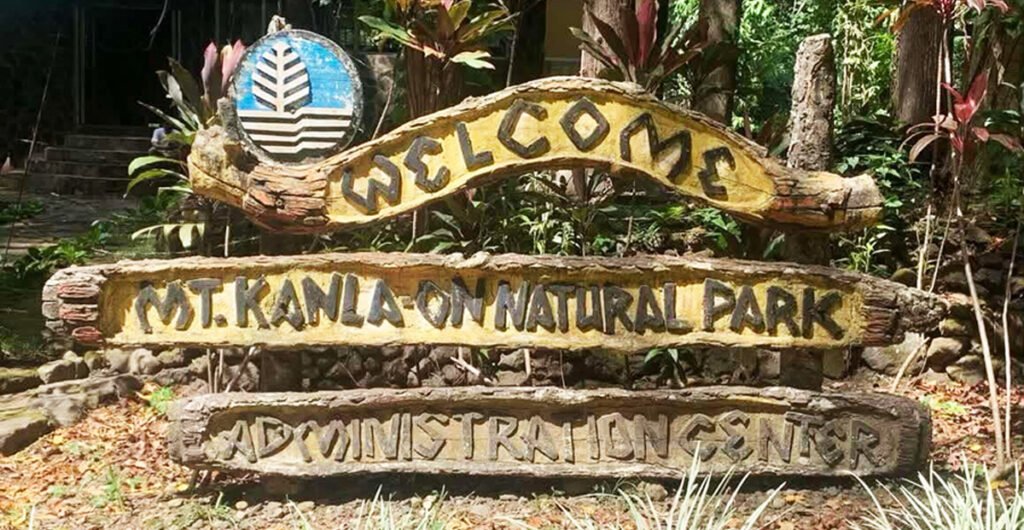
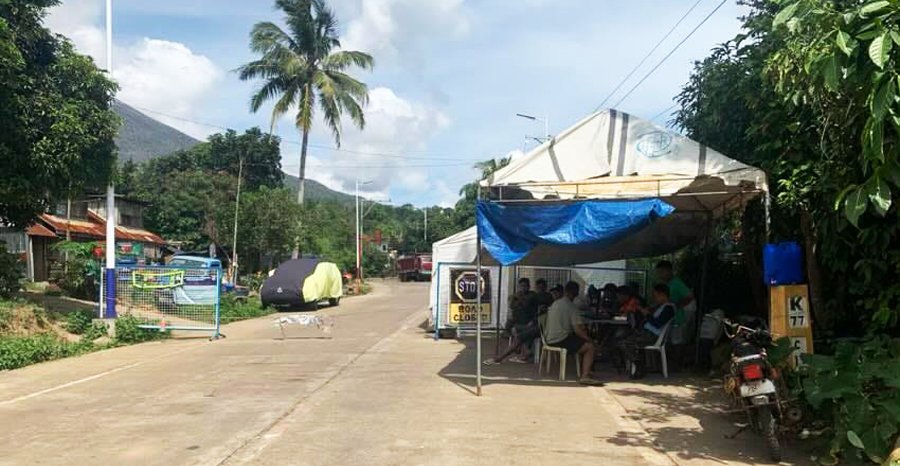
The June 3 and December 9, 2024 eruptions unleashed pyroclastic density currents – superheated flows of ash and debris – that devastated nearby communities. Losses are now estimated at P300 million and continue to rise daily as thousands of IDOs, internally displaced persons, remain in evacuation centers.
Many of them long to return home, but Kanlaon’s unpredictable activity has left the Office of Civil Defense with no choice but to retain restrictions on reentry into the Permanent Danger Zone.
Although they have lost homes, livelihoods, and a sense of stability, the IDPs can trust that God sees their suffering and will provide for their needs. Through faith, they can find hope, endurance, and the strength to rebuild their lives.
Psalm 46:1-2 says:
“God is our refuge and strength, an ever-present help in trouble. Therefore we will not fear, though the earth give way and the mountains fall into the heart of the sea.”
Even when natural disasters strike, God remains their stronghold. He will guide them through their hardships, bring restoration, and bless them with His peace. | NWI


